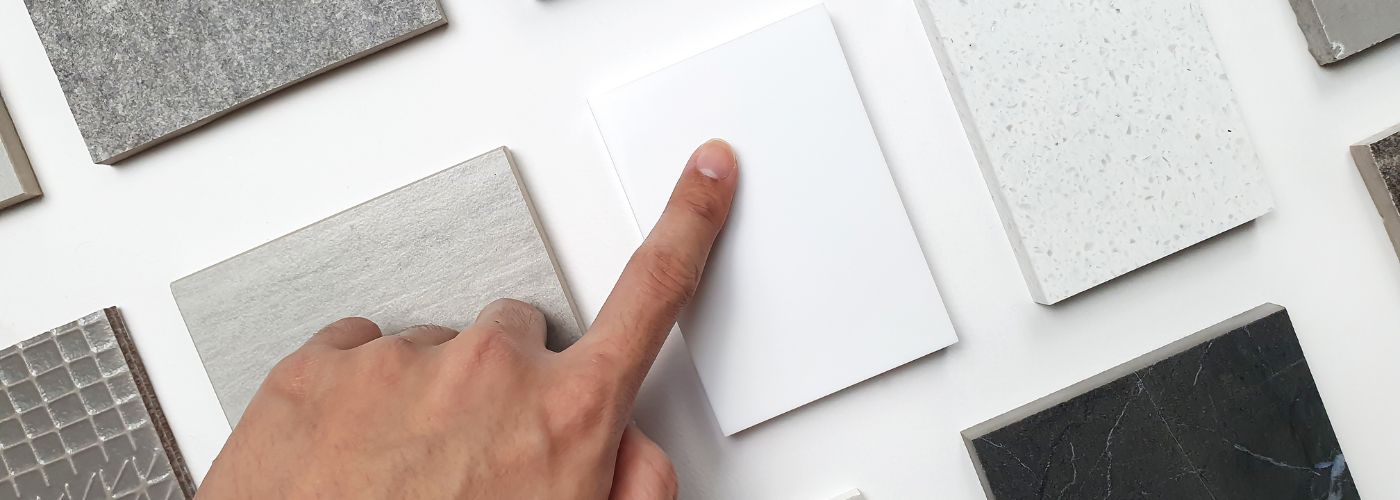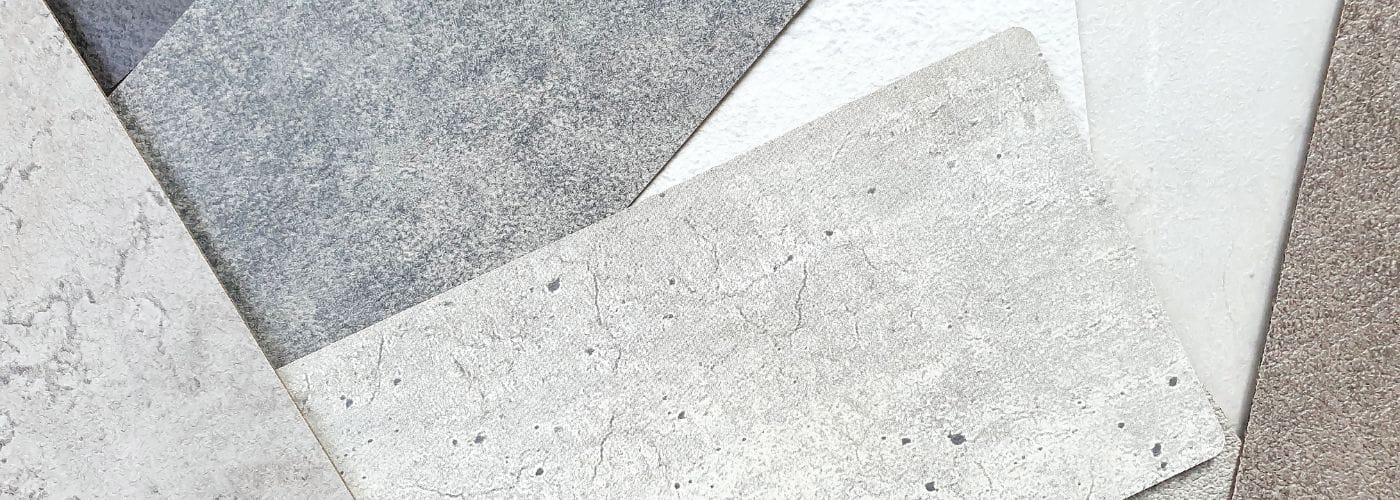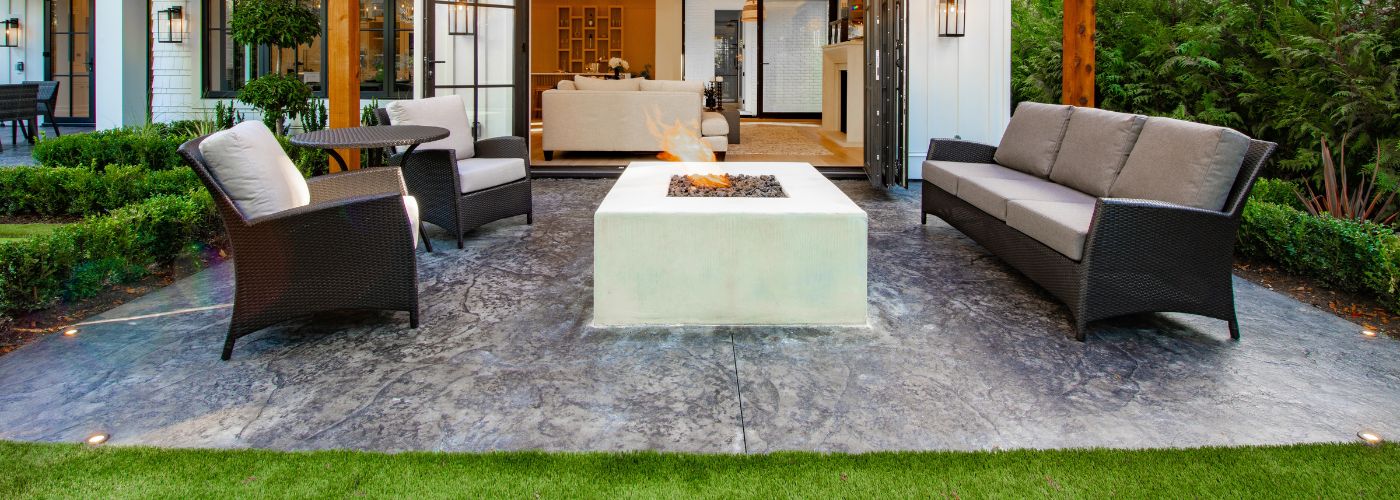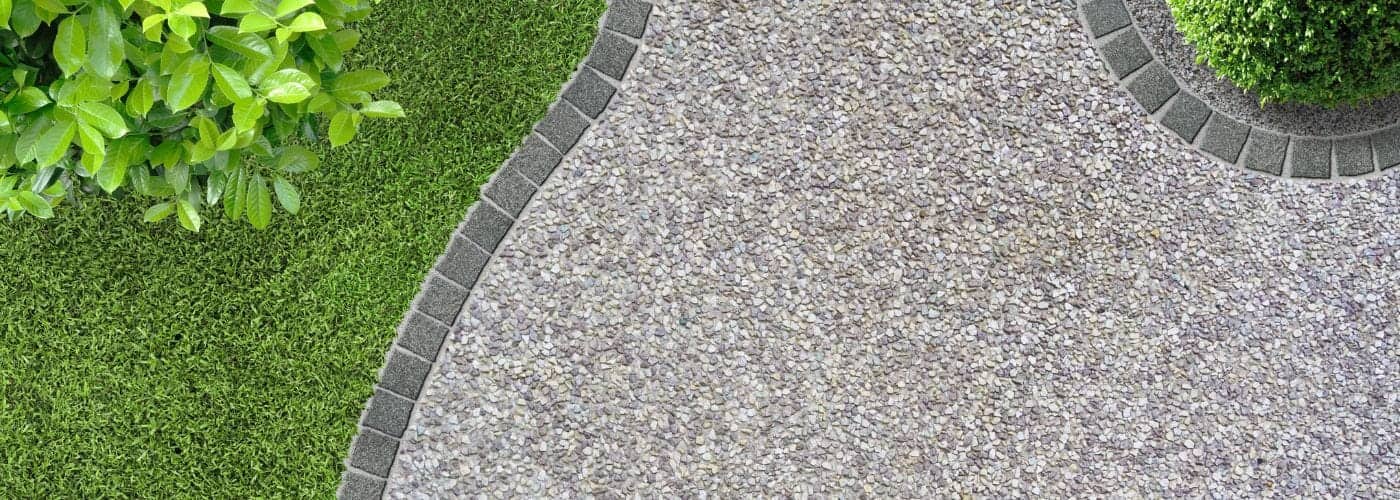When building a driveway, patio, deck, or other outdoor space, one of the most important decisions you’ll have to make is which type of concrete to use. Concrete is an essential component of many outdoor projects and can be used in a variety of styles. There are both aesthetic and practical considerations when selecting the right type of concrete for your project. In this article, we’ll discuss how to choose your concrete style.
What Are The Types Of Concrete
Concrete is an essential building material used in everything from home foundations to skyscrapers. It has been around for centuries and comes in a variety of forms. We’ll explore the different types of concrete available today from a concrete company.
One type of concrete is known as Portland cement concrete, which is made up of aggregate, water, and Portland cement. This type of concrete provides strength and durability to structures such as bridges, pavements, and dams due to its high compressive strength.
Another type is lightweight concrete which utilizes lightweight aggregates such as shale or clay instead of sand or gravel for lower-weight applications. This type is ideal for pre-cast products like roof tiles, blocks, and slabs due to its cost-effectiveness and lighter weight.
What Is Stamped Concrete?
Stamped concrete is an increasingly popular choice for enhancing the look of a patio, walkway, or driveway. It’s a process that uses texture and pattern to make it look like stone, wood, or tile. With its natural beauty and durability, stamped concrete has been used in residential and commercial applications alike.
Stamped concrete is created by pouring wet concrete onto the desired surface area and then stamping it with a textured mat before it hardens. Through this process of pressing into the surface of the concrete before it dries, homeowners are able to achieve incredible effects, such as simulated brick or slate patterns without the expense associated with these materials.
Additionally, since stamped concrete can be colored using powdered pigments or integral colors during mixing prior to application, homeowners have an array of design options available when considering stamped concrete for their outdoor area project.
What Is Aggregate Concrete?
Aggregate concrete is a type of construction material that is made from a combination of cement, water, and aggregates. These aggregates are usually sand, gravel, crushed stone or slag.
Aggregate concrete is used to form strong and durable structures such as driveways, patios and sidewalks. It can also be used in more complex applications like foundation walls and high-rise buildings.
Aggregate concrete is made by mixing the cement with water until it forms a paste-like consistency. This paste is then combined with the aggregate materials to create a homogeneous mixture. The ratio of ingredients must be precise in order for the concrete to achieve its desired strength and durability properties.
Once mixed, this mixture will harden when exposed to air over time until it reaches its full strength potential – usually within 24 hours depending on curing conditions. Concrete compared to asphalt is a much better option of the two.
How Long Does It Take Concrete To Dry?
Concrete is a common material used for many construction and landscaping projects around the world. Whether you’re building a sidewalk, repairing your driveway, or creating an outdoor patio, understanding how long it takes concrete to dry is important in order to plan your project properly.
The drying time of concrete depends on several factors like the temperature and humidity levels in the environment, as well as the amount of water used when mixing it. Generally speaking, concrete should be completely dry within 24-48 hours after it has been poured.
This can vary slightly depending on external conditions, so it’s best to wait at least 72 hours before walking or driving on newly poured concrete surfaces. During this time period, it’s also wise to keep any water away from the surface of your cement project as too much moisture may slow down or prevent the drying process.



